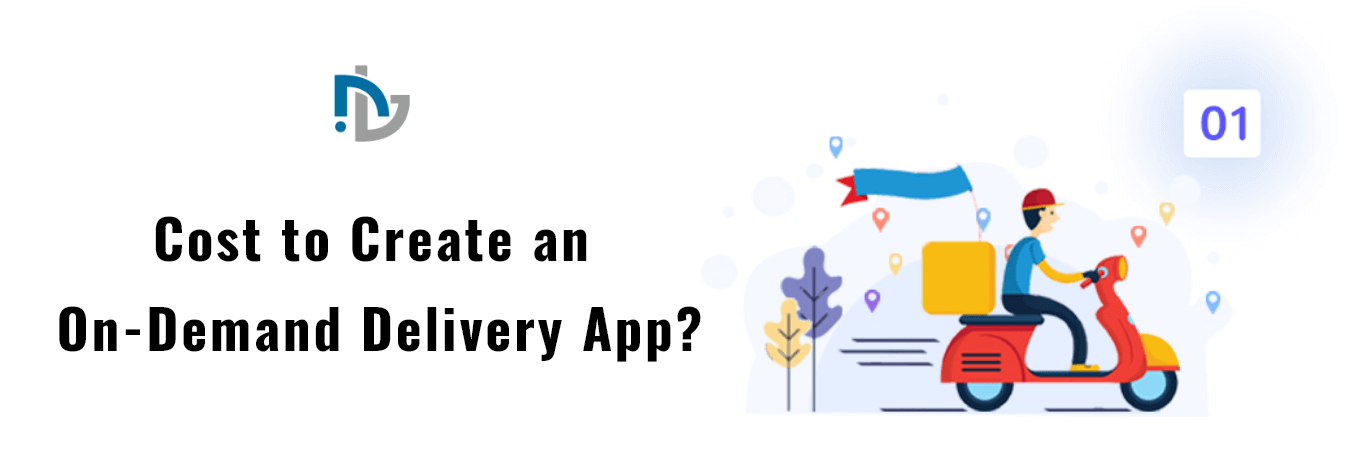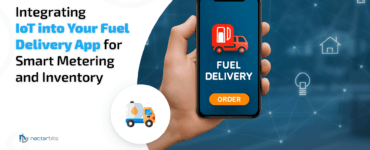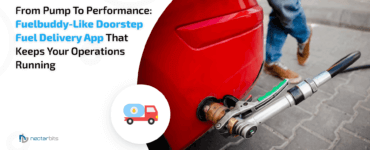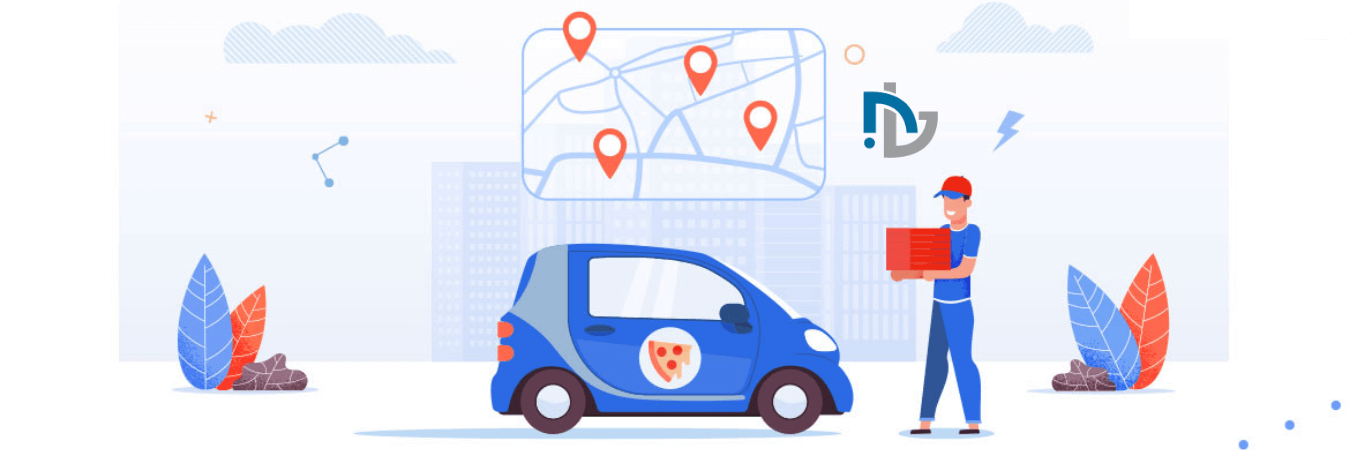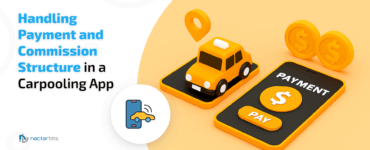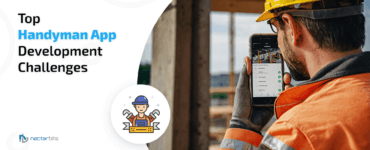Check out the online food delivery app when you’re hungry. Beauty-based apps are only a click away when you want to get a pedicure at home. If you want brands shipped to your home, e-commerce apps will assist you. Whatever service you like, there’s an app for it in the app store. In reality, there are a plethora of apps available, including on-demand apps…!
Apple App Store users have access to 2.2 million applications, while Google Play Store users have access to 2.8 million apps. Consider the plethora of apps and app ideas vying for your attention in the marketplace. Today, the majority of applications, if not all, are devoted to an on-demand delivery service.
There are more dedicated on-demand delivery business apps available than ever before, easing the lives of consumers with everything from makeup apps to online food delivery apps to home care services. Over the last few years, on-demand delivery apps have become increasingly popular. And if not this year, then in a couple of years, these apps will fully revolutionize the industry.
To meet demand, the opportunity to meet a user’s emerging need, the potential to generate ROI, the establishment of a brand, companies, startups, laypeople, restaurant owners, florists, and others who are or are not investing in on-demand delivery applications.
So, find a comfortable spot and a cup of coffee because we’re about to learn a lot. Until now, we believe our infographic has addressed the most basic questions about the on-demand delivery app. If you’re still unsure, we’re just a click away. Let’s get this party started-

Benefits of Business Applications With On-Demand Delivery
1. They’re Fast
On-demand service apps enable customers to position orders in a flash by simply tapping or swiping.
Whether you’re searching, booking/scheduling, ordering or doing anything else, you can do it all with just one click from a single app. Furthermore, given the fierce competition in the industry, on-demand delivery mobile app development companies are coming up with brilliant ideas to create one.
2. They are cost-effective
On-demand delivery business applications are described as services that meet both the consumer’s and the owner’s budgets. The on-demand delivery app offers a variety of options, each with its collection of rates and delivery times.
On-demand apps, from the customer’s perspective, are chock-full of fantastic offers, discounts, and promotions, all of which are updated regularly. On the other hand, from a business owner’s viewpoint, there is no need to invest in trucks, transportation, or full-time couriers to transport the goods.
Furthermore, similar to taxi booking apps, on-demand delivery apps operate based on independent contractors who operate their fleet of vehicles. This point is supported by a Bloomberg statement that states, “Company owners will save a lot of money because they don’t have to pay for payroll taxes, benefits, vacation time, sick days, medical claims, and so on.”
3. They are Practical
These apps’ convenience extends beyond distribution, reshaping the world from the ground up. When it comes to providing users with access to smart search, real-time monitoring, payment options, and on-time delivery, these on-demand apps are extremely useful.
4. They’re also transparent.
Being open supports the brand’s one-of-a-kind approach to gaining consumer loyalty. There is no better way to do so than to use reviews, analysis, and ranking options. Changes in the service may be made as a result of providing these choices.
Learn More: Benefits and Features Of Successful On-Demand Delivery Apps
On-Demand Application Types
On-demand applications are classified into three categories based on the needs of the customer.
1. B2B (Business to Business)
On-demand applications that bind businesses supporting them around the world. B2B apps like Eventio and Cargomatic are good examples.
2. B2C (Business to Consumer)
These on-demand apps make it easier for suppliers and customers to exchange products and services. Booking.com and Starbucks are two examples of B2C applications.
3. C2C (Consumer To Consumer)
Apps that enable customers to trade goods, services, or products with one another. Customers are free to purchase or sell goods from C2C applications with the same rights as other customers. For example, eBay and Etsy demonstrate the convenience of C2C applications.
Read more : Top 11 On-Demand Delivery Business Ideas
The cost of an On-Demand Delivery App is often determined by the functionality.
User Profile and Registration
The first and most important aspect of the on-demand delivery app is this. These are the features that will provide a more detailed connection between users and the app.
The cost of developing an on-demand delivery app is as follows:
- 1. Design – 10 hrs
- 2. BackEnd – 24 hrs
- 3. Android/iOS – 40 hrs
Integration of Maps
Without the introduction of map integration, an on-demand application is nothing. Both the user and the customer would benefit from the feature. The cost of an On-Demand Delivery App is broken down into the following categories:
- 1. Design – 4 hrs
- 2. BackEnd – 16 hrs
- 3. Android/iOS – 8 hrs
Filters and Lists
Lists and filters assist users in finding what they’re looking for in the program. To provide what was requested, the cost to create an on-demand delivery app was broken down as follows:
- 1. Design – 12 hrs
- 2. BackEnd – 16 hrs
- 3. Android/iOS – 40 hrs
Read more : Tech Stack For On-Demand Fuel Delivery App Development
Description of the product
This section contains a brief overview of the business, operation, and product, as well as customer reviews, photographs, and terms and conditions. The cost of developing an On-Demand Delivery App is broken down as follows:
- 1. Design – 16 hrs
- 2. BackEnd – 16 hrs
- 3. Android/iOS – 32 hrs
System of Payment
It will cost money to provide consumers with a variety of payment gateways. As a result, the cost of an On-Demand Delivery App would be as follows:
- Design – 8 hrs
- BackEnd – 16 hrs
- Android/iOS – 24 hrs
Ratings, comments, and feedback are all welcome.
Without the incorporation of features for an on-demand delivery app including ratings, reviews, comments, and suggestions, the on-demand delivery app is nothing. In reality, without these, there will never be a chance to fix what is wrong with the app and what can be added or subtracted from it. As a result, incorporating these into the app should be a top priority.
This is how the priority cost breakdown looks:
- Design – 4 hrs
- BackEnd – 4 hrs
- Android/iOS – 16 hrs
Notifications by Push
How will you notify your app’s users about the latest service you’ve recently added? Push notifications are the secret. Information can be easily conveyed to users using this feature. The cost of developing an on-demand delivery app will be broken down as follows:
- 1. Design – 2 hrs
- 2. BackEnd – 40 hrs
- 3. Android/iOS – 32 hrs
Country of Preference
After you’ve completed the cost overview of the on-demand delivery application functionality, you’ll need to decide which country you want to use. The cost of developing an on-demand delivery app is also determined by demographics, geographical location, and region. If you want to hire a mobile app development company in the United States, for example, you would almost certainly have to pay more.
The icing on the cake is that your mobile app development project can also be outsourced.



